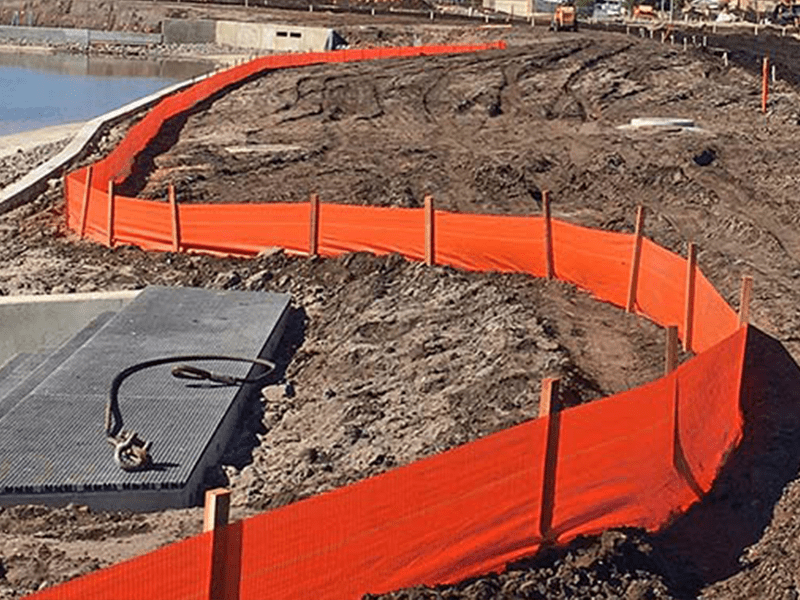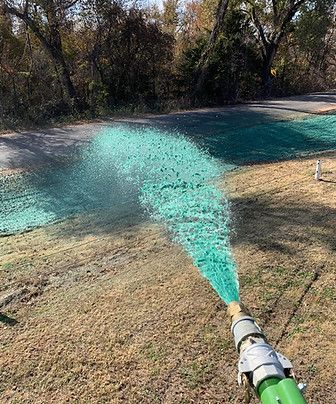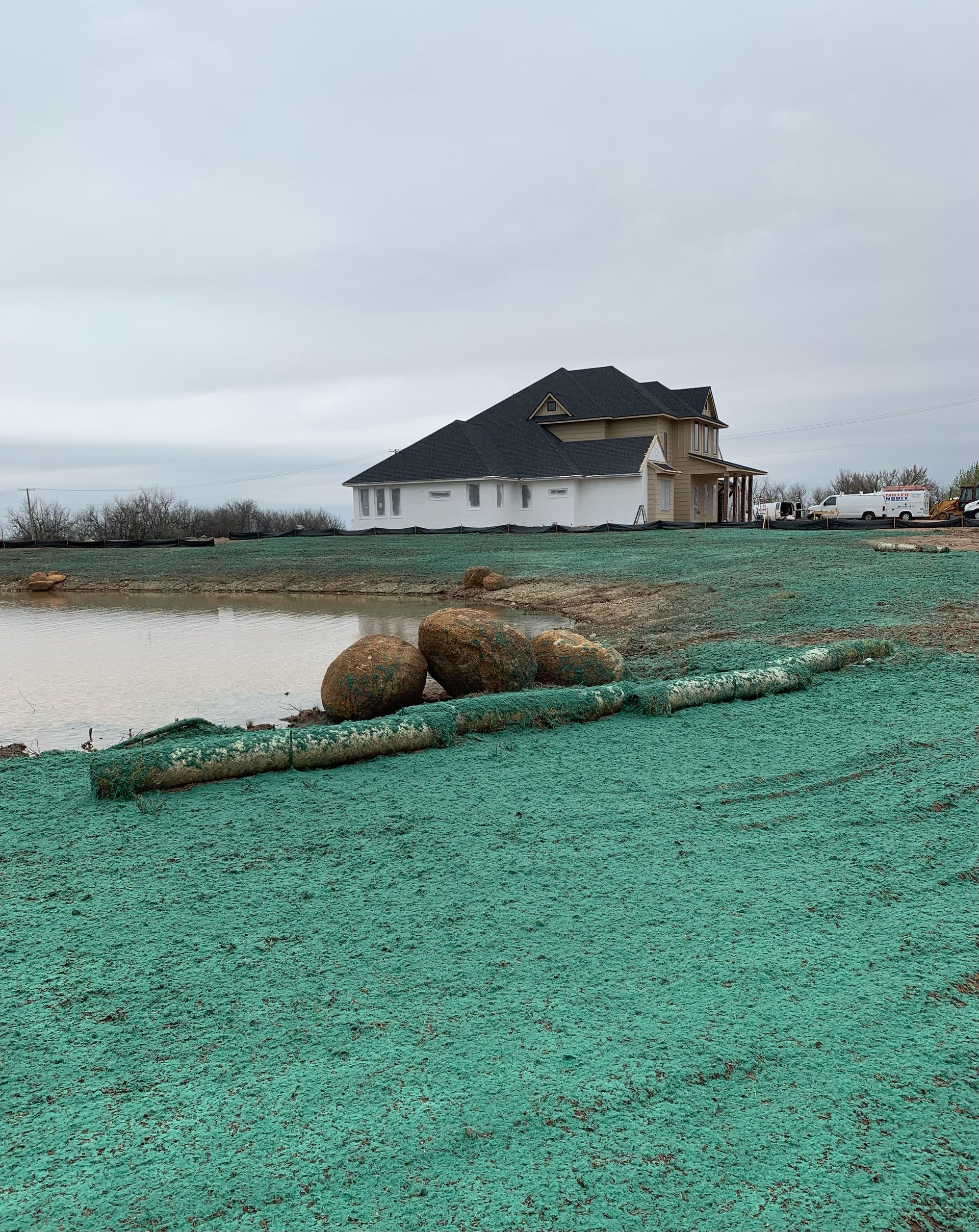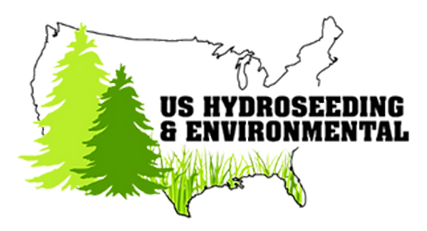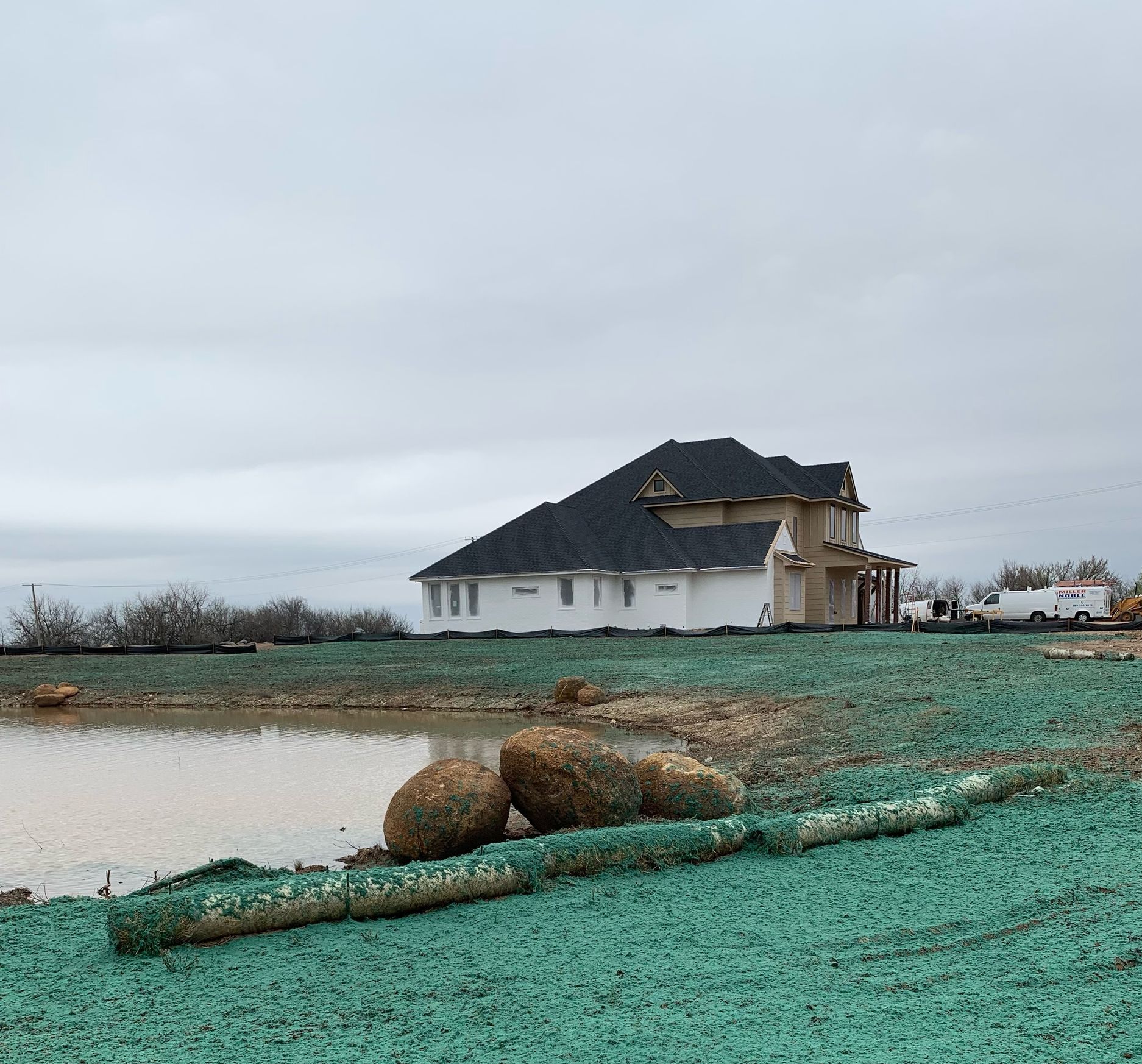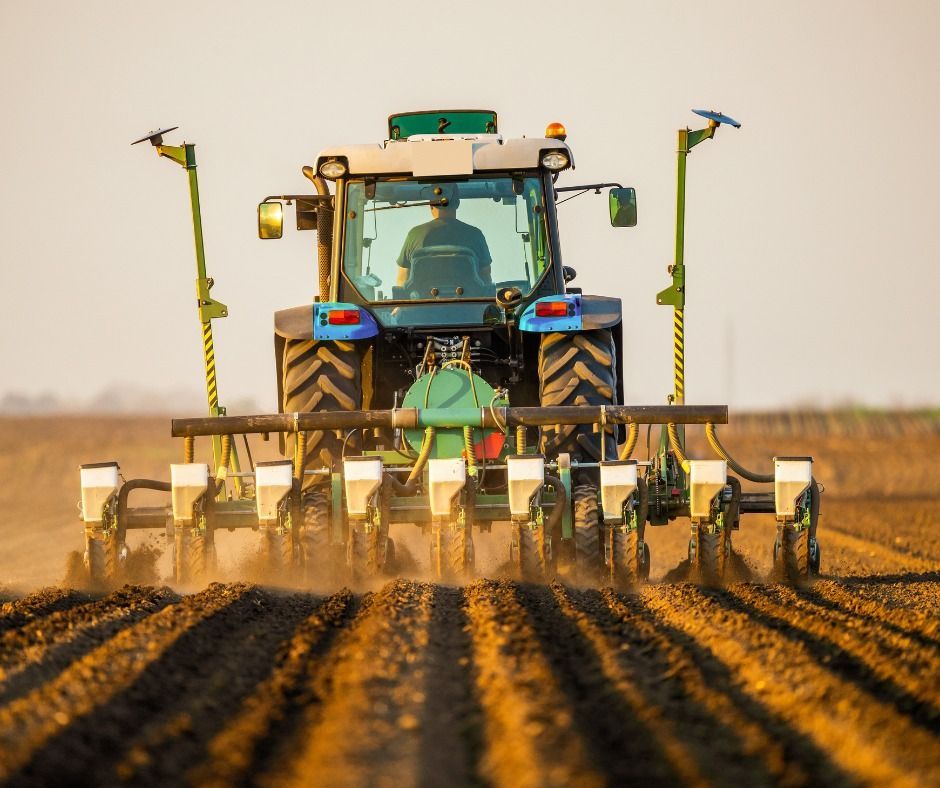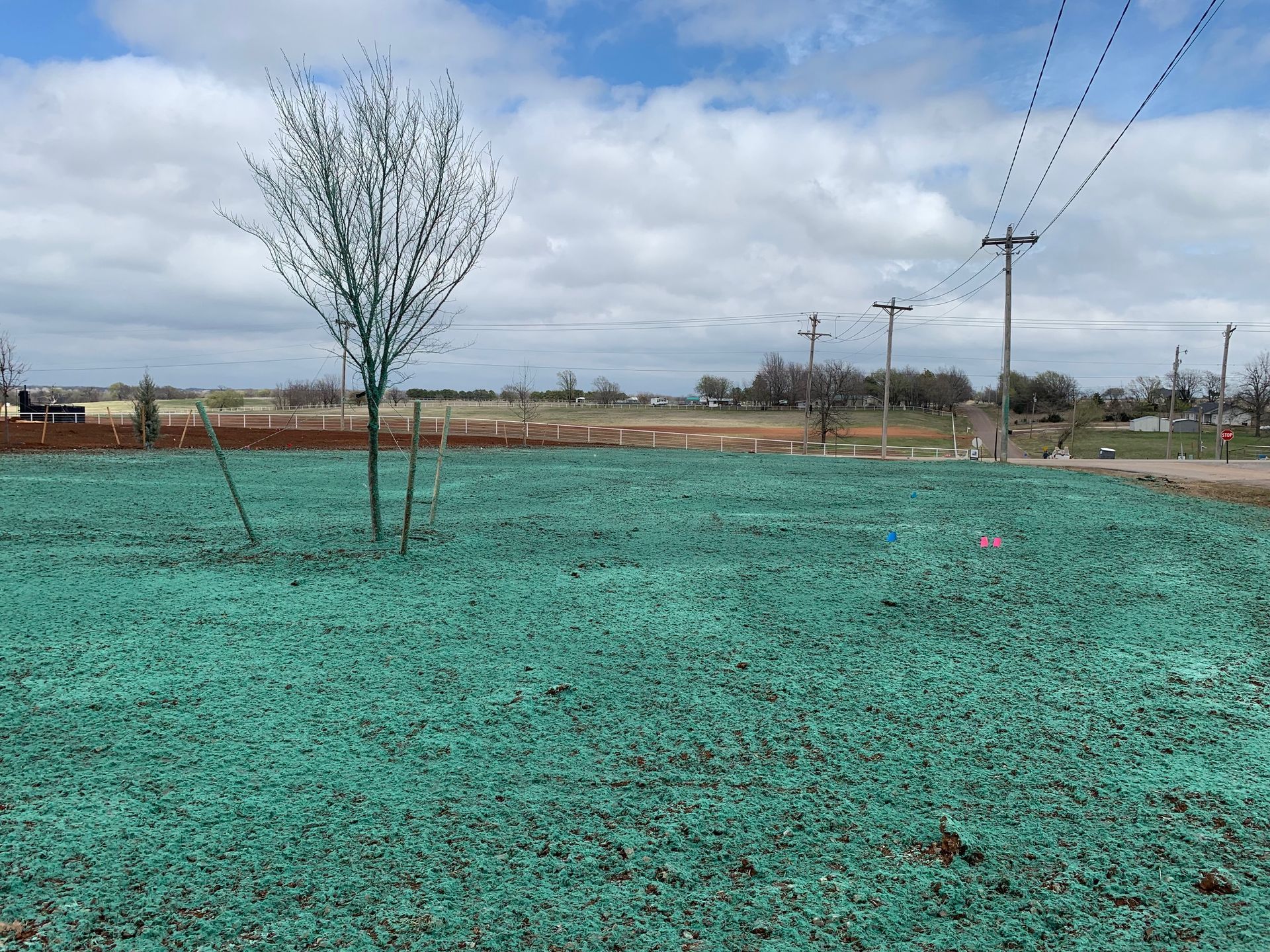Nurturing Growth from the Ground Up
Drill Seeding: Nurturing Growth from the Ground Up
In the realm of agricultural practices and landscape restoration, drill seeding emerges as a precise and efficient method for sowing seeds and kickstarting the growth of lush vegetation. Also known as direct seeding or drill planting, this technique involves using specialized equipment to place seeds directly into the soil at optimal depths. This comprehensive guide explores the nuances of drill seeding, its benefits, the equipment involved, and the ecological impact that makes it a favored choice for fostering green expanses and restoring landscapes.
Understanding Drill Seeding:
The Process:
Drill seeding is a method where a seed drill, a piece of agricultural equipment, is used to create furrows in the soil and simultaneously deposit seeds at the desired depth. This process ensures precision in seed placement, optimizing conditions for germination and growth.
Optimal Seed Placement:
Unlike broadcasting, where seeds are scattered across the soil surface, drill seeding places seeds at consistent depths. This controlled placement minimizes competition among seeds for nutrients, sunlight, and water, resulting in more uniform plant emergence.
Soil Contact:
Drill seeding promotes direct contact between the seeds and soil, enhancing the chances of successful germination. The seed drill creates a conducive environment for seeds to establish roots and access essential nutrients for robust growth.
Timing Matters:
The success of drill seeding is often tied to appropriate timing. The choice of when to drill seed depends on factors such as climate, soil conditions, and the specific requirements of the plant species. This precision allows for strategic planning and maximizes the potential for successful establishment.
Benefits of Drill Seeding:
Cost-Effective and Efficient:
Drill seeding is known for its cost-effectiveness compared to other sowing methods. The equipment's efficiency in placing seeds directly into the soil reduces seed wastage and minimizes the need for additional labor.
Enhanced Germination Rates:
The controlled placement of seeds at optimal depths significantly enhances germination rates. This precision ensures that seeds are situated in an environment where they can readily absorb moisture and nutrients, leading to more robust and uniform plant growth.
Reduced Soil Erosion:
The creation of furrows during drill seeding helps in stabilizing the soil, reducing the risk of erosion. By providing a structured environment for seeds, drill seeding contributes to the establishment of vegetation that further prevents soil erosion.
Biodiversity and Ecological Restoration:
Drill seeding is a valuable tool in ecological restoration projects. Whether reclaiming disturbed landscapes or enhancing biodiversity in natural areas, drill seeding facilitates the reintroduction of native plant species and contributes to the overall health of ecosystems.
Adaptability to Various Terrains:
The versatility of drill seeding equipment allows for its use in diverse terrains, including slopes and uneven surfaces. This adaptability makes it an attractive choice for projects ranging from reforestation to the restoration of disturbed sites.
Drill Seeding Equipment:
Seed Drill:
The seed drill is the central piece of equipment in drill seeding. It consists of a seed hopper, a mechanism for metering the seed flow, and an arrangement for depositing seeds into the soil. Modern seed drills often come equipped with advanced technologies to ensure precise seed placement.
No-Till Drills:
No-till drills are a subset of seed drills designed for conservation tillage practices. These drills place seeds without disturbing the existing soil structure, promoting soil health and reducing the environmental impact of agriculture.
Air Drills:
Air drills use a pneumatic system to transport seeds from the hopper to the soil. This method allows for accurate seed placement and is particularly useful for large-scale farming operations.
Grass Seed Drills:
Specialized grass seed drills are designed for sowing grass seeds efficiently. These drills are equipped to handle the small size and delicate nature of grass seeds, ensuring even distribution across the designated area.
Applications of Drill Seeding:
Agriculture:
In traditional agriculture, drill seeding is widely used for sowing crops like wheat, barley, and soybeans. The precise placement of seeds helps optimize crop yields and resource utilization.
Reforestation:
Drill seeding plays a crucial role in reforestation efforts. Whether restoring areas affected by wildfires or enhancing forested landscapes, drill seeding enables the efficient reintroduction of tree species.
Ecological Restoration:
Conservationists and environmentalists utilize drill seeding in ecological restoration projects. This method aids in reintroducing native plant species to degraded areas, promoting biodiversity and restoring natural habitats.
Land Reclamation:
Drill seeding is employed in reclaiming disturbed lands, such as mining sites or construction areas. The controlled placement of seeds aids in the establishment of vegetation, stabilizing the soil and preventing erosion.
Best Practices for Successful Drill Seeding:
Site Assessment:
Conduct a thorough assessment of the site, considering soil conditions, climate, and the specific requirements of the plant species to be seeded. This information guides decisions on seed selection, timing, and equipment settings.
Seed Selection:
Choose high-quality seeds that are well-suited to the site conditions. The selection should align with the project goals, whether it's agriculture, reforestation, or ecological restoration.
Proper Calibration:
Calibrate the drill seeding equipment to ensure accurate seed placement. Proper calibration accounts for factors such as seed size, flow rate, and spacing, optimizing the chances of successful germination.
Timely Seeding:
Time the seeding operation based on the life cycle of the targeted plant species and the prevailing weather conditions. Seeding at the optimal time enhances the chances of successful establishment.
Maintenance of Equipment:
Regular maintenance of drill seeding equipment is crucial for its efficient operation. Inspect and service the equipment as needed to address any issues and prevent downtime during seeding operations.
Challenges and Considerations:
Weed Competition:
While drill seeding minimizes competition among seeds for nutrients, water, and sunlight, weed competition remains a consideration. Weeds can still emerge alongside desired plants, impacting their growth. Implementing proper weed control measures, such as pre-emergent herbicides or targeted weed management, is essential to ensure the success of the seeded plants.
Soil Preparation:
Adequate soil preparation is crucial for drill seeding success. Compacted or poorly prepared soil may hinder seed-to-soil contact, affecting germination rates. Prioritize soil testing and any necessary amendments to create an optimal environment for seed establishment.
Species Selection:
Choosing the right plant species for the specific site conditions is vital. Consider factors such as soil type, moisture levels, and sunlight exposure. Native species are often preferred for ecological restoration projects to enhance biodiversity and ecosystem resilience.
Environmental Considerations:
Environmental factors, including climate conditions and seasonal variations, impact the success of drill seeding. Understanding the local climate and adjusting seeding practices accordingly can optimize results.
Post-Seeding Care:
Post-seeding care is as crucial as the seeding process itself. Monitoring the site for emerging issues, providing necessary irrigation, and implementing follow-up measures, such as fertilization, contribute to the long-term success of drill-seeded areas.
Ecological Impact and Sustainability:
Biodiversity Enhancement:
Drill seeding, particularly in ecological restoration projects, contributes to the enhancement of biodiversity. By reintroducing native plant species, the method helps recreate diverse ecosystems, supporting various flora and fauna.
Soil Conservation:
The practice of drill seeding aligns with soil conservation efforts. By stabilizing the soil and preventing erosion, drill-seeded areas contribute to maintaining healthy soil structures and reducing the impact of sedimentation on water bodies.
Carbon Sequestration:
Reforestation and afforestation projects facilitated by drill seeding play a role in carbon sequestration. Trees and plants absorb carbon dioxide during photosynthesis, aiding in the mitigation of greenhouse gas emissions and climate change.
Erosion Control:
Drill seeding is an effective tool in erosion control, especially in areas prone to soil erosion due to factors such as slopes or disturbed landscapes. The establishment of vegetation through drill seeding helps bind soil particles, preventing erosion and promoting soil stability.
Case Studies:
Agricultural Yield Improvement:
In traditional agriculture, drill seeding has proven to enhance crop yields. Studies have shown that the controlled placement of seeds using seed drills results in more uniform stands of crops, reducing competition among plants and maximizing resource utilization.
Riparian Zone Restoration:
In riparian zone restoration projects, drill seeding has been instrumental in establishing native vegetation along waterways. This not only improves water quality by preventing soil runoff but also creates habitats for aquatic and terrestrial species.
Post-Wildfire Recovery:
After wildfires, drill seeding has been employed to restore vegetation in affected areas. This rapid intervention helps stabilize the soil, prevent erosion, and initiate the recovery of ecosystems.
Future Trends and Innovations:
Precision Agriculture Integration:
The integration of drill seeding with precision agriculture technologies is an emerging trend. This includes the use of GPS-guided equipment to precisely place seeds, optimizing resource use and minimizing environmental impact.
Cover Crop Adoption:
Drill seeding is increasingly used for cover cropping, where certain plant species are strategically sown to cover and protect the soil. Cover crops contribute to soil health, weed suppression, and nutrient cycling.
Native Grassland Restoration:
Restoration efforts focusing on native grasslands benefit from drill seeding. This method allows for the reintroduction of diverse grass species, supporting the restoration of ecosystems that are crucial for wildlife habitats.
Climate-Resilient Species Research:
Ongoing research explores the selection of climate-resilient plant species for drill seeding projects. This includes identifying species that can thrive in changing climate conditions, promoting sustainability in reforestation and ecological restoration efforts.
Conclusion:
Drill seeding stands at the intersection of precision agriculture, ecological restoration, and sustainable land management. From enhancing agricultural practices to contributing to the restoration of ecosystems, its versatility and efficiency make it a valuable tool in the hands of farmers, conservationists, and land managers.
As we delve deeper into the complexities of modern agriculture and environmental conservation, drill seeding emerges not just as a planting technique but as a catalyst for positive change. By fostering healthy landscapes, preventing soil erosion, and promoting biodiversity, drill seeding paves the way for sustainable practices that nurture growth from the ground up.
